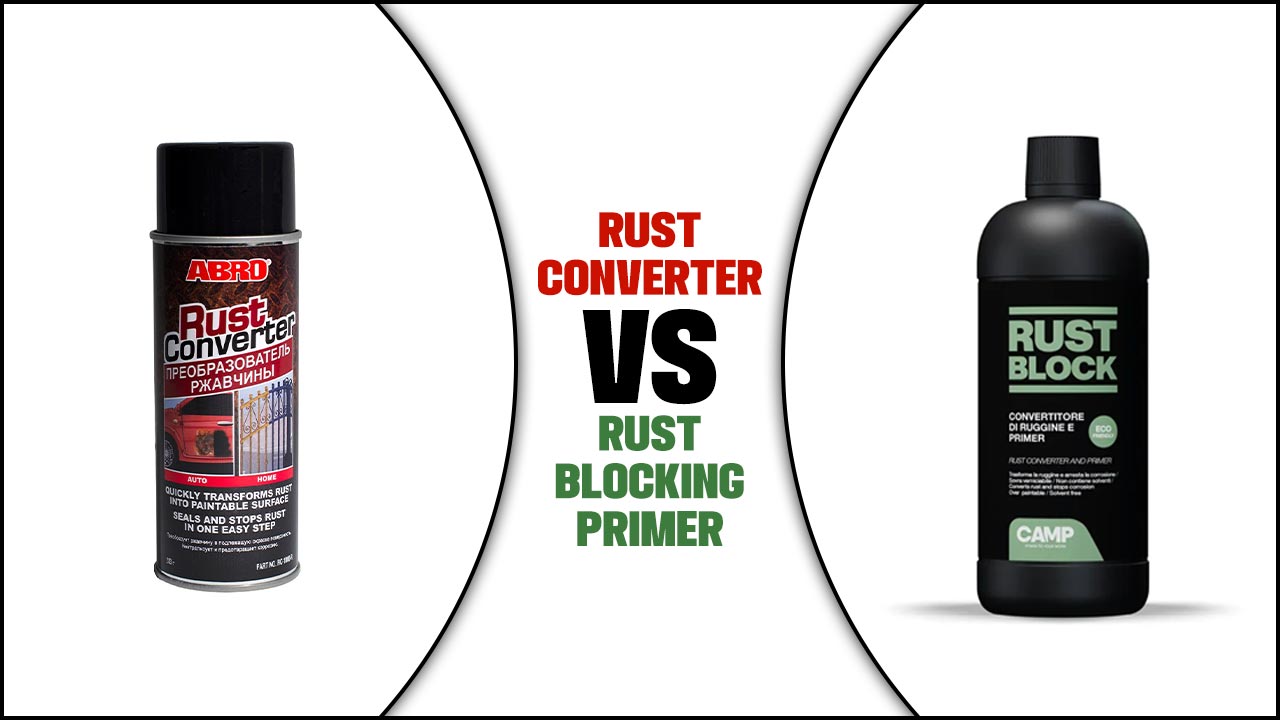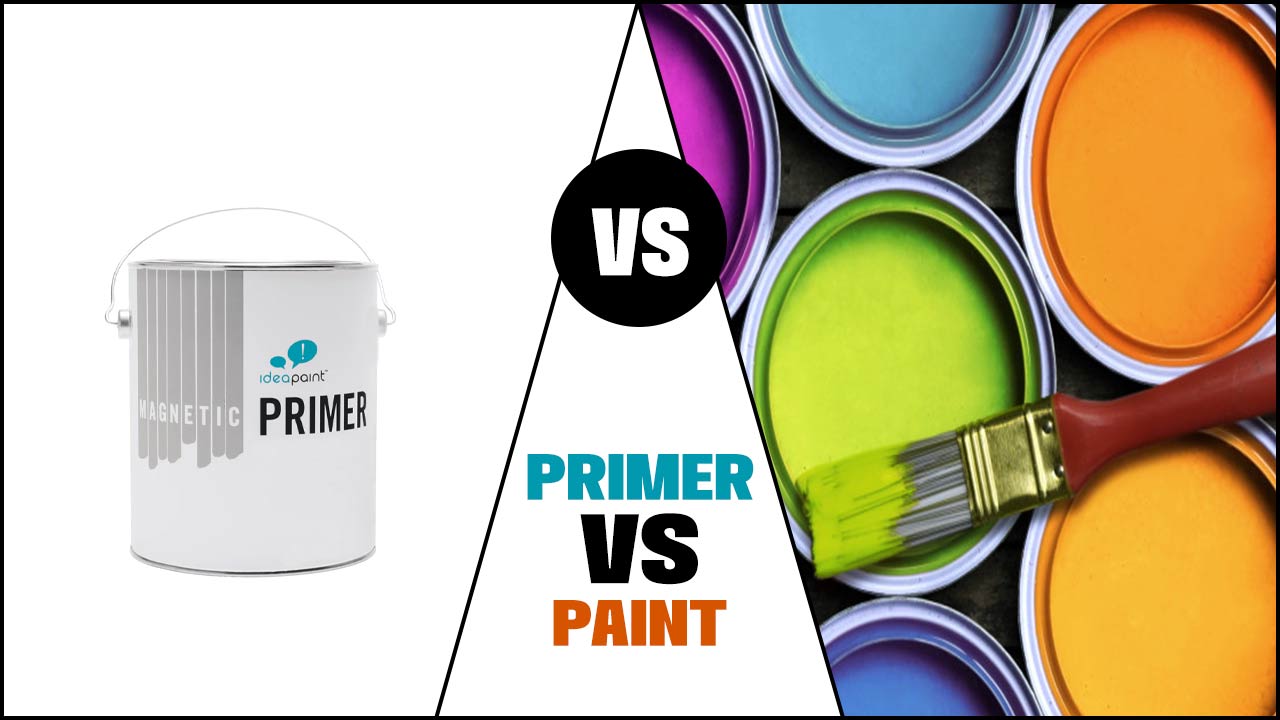Primers are an essential step in any painting project, as they help create a smooth base for the paint to adhere to. Primers come in two types, tinted and untinted.
Each has its own unique benefits and drawbacks, and understanding the differences between them can help you make the best decision for your project. In this article, we’ll compare the advantages and disadvantages of tinted primer vs.
untinted primer to help you decide which is best for your needs. With this information, you’ll be able to make an informed choice and get the best results for your project. So, let’s dive into the differences between tinted primer and untinted primer and see which one is right for you.

Tinted Vs Untinted Primer: Which Is Best?
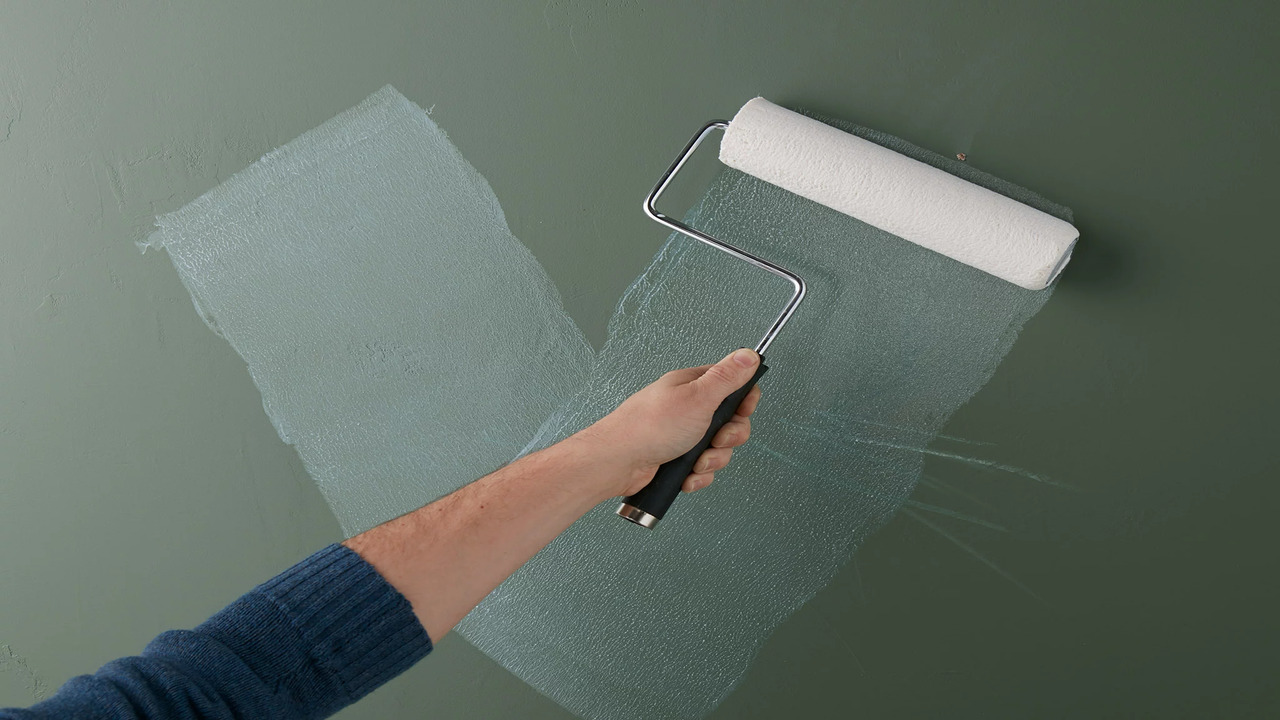
When it comes to painting, the first step is always to prepare the surface. This is where the choice of primer comes in. Primers are used to ensure that the paint adheres to the surface and lasts longer. The two main types of primers are tinted and untinted. Understanding the differences between tinted and untinted primers is key to making sure you get the desired result.
Tinted primer has a tint or color added to it, while untinted primer has no color or tint. Each type of primer has its own advantages and disadvantages, so it is important to weigh the pros and cons of each to determine which is best for your project. In this article, we will explore the differences between tinted primer vs. untinted primer to help you make the best decision.
Advantages Of Tinted Primer
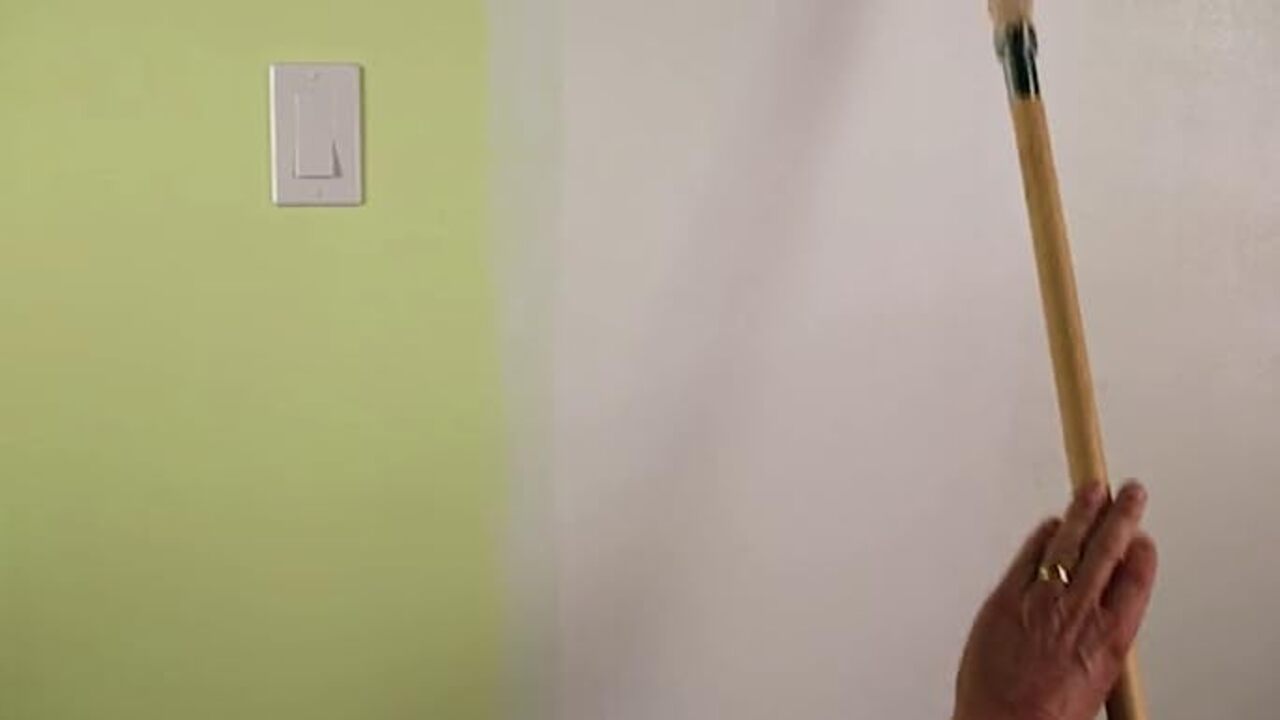
Tinted primer offers several advantages over untinted primer. Firstly, it can provide a better base paint, allowing for a smoother and longer-lasting finish. It also helps to even out the surface before painting, reducing the number of layers required and allowing for a more even coverage. Another advantage is that it can help to hide any pre-existing wall imperfections, such as discolouration or damage, making it easier to achieve a professional and polished look.
Additionally, tinted primer can make it easier to find the correct paint colour, as it will take on the colour of the paint itself, allowing you to get a truer representation of the finished result. Finally, using tinted primer can save on the amount of paint used, since it will require fewer coats to achieve a uniform and consistent finish.
Faster Application
When it comes to applying primer, tinted primer can be much faster to use than untinted primer. Tinted primer already has color in it, so you don’t need to apply multiple coats of paint, saving you time and effort. Additionally, tinted primer can be more efficient in covering up any blemishes or imperfections on the wall.
It can also be used to cover up any existing paint that you don’t want to show through the new paint. With untinted primer, you will likely need to apply multiple coats of paint to achieve the desired look. This can take more time and require more effort.
Evens Skin Tone
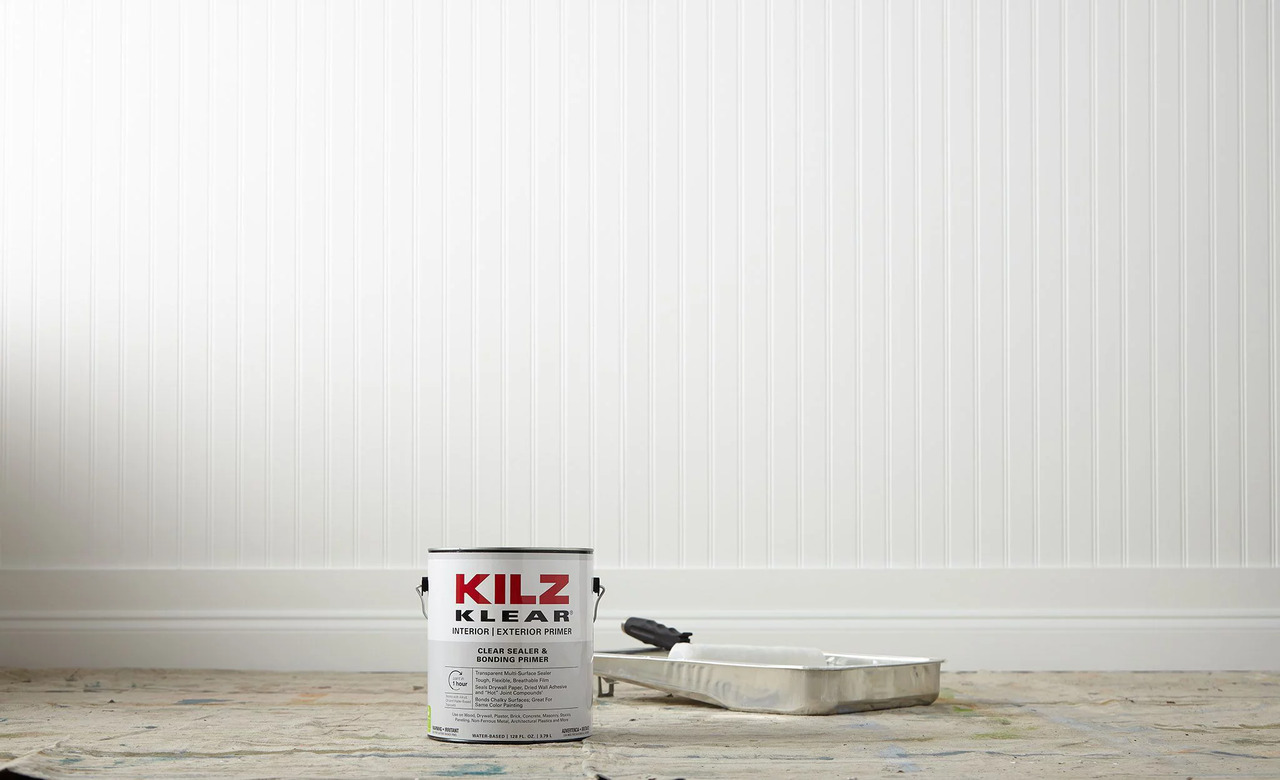
Achieving an even skin tone can be a challenge for many. Tinted and untinted primers can help to create a more even skin tone. Tinted primers are often used to correct discolorations such as redness or dark spots. With a hint of color, the primer can help to blur the appearance of any discoloration.
Untinted primers, on the other hand, are used to create a smooth and even base for makeup. They help to reduce the appearance of pores, wrinkles, and fine lines. When used together, tinted and untinted primers can help to even skin tone and create a beautiful and flawless base for makeup application. Whether you opt for tinted or untinted, primers can be an essential part of any makeup routine.
Enhances Coverage
Tinted primers offer a unique advantage when it comes to coverage. They are able to provide an even tone to your face, especially if you are looking to cover up any discolorations or blemishes. This is because a tinted primer has a colored base that helps to even out the skin’s natural tones.
It also helps to minimize the appearance of any fine lines or wrinkles. Additionally, tinted primers can give your skin a subtle glow, which can help you look more radiant throughout the day. On the other hand, untinted primers provide sheer coverage and do not offer the same level of color correction as a tinted primer.
They are best used for those with a clear complexion who are looking for a light base without any color. Ultimately, tinted primers are the better choice for those looking to even out their skin tone and cover up blemishes.
Smoothens Skin
Tinted primers and untinted primers both offer a variety of benefits to create a smooth base for makeup. In terms of smoothing the skin, both primers can be beneficial. Tinted primers are often lighter in texture, allowing them to bend and blur the appearance of wrinkles.
The formula often contains light-diffusing particles that create a soft focus effect. On the other hand, untinted primers can be a great choice for those with oily skin. The oil-free formula absorbs excess sebum, leaving skin looking and feeling smoother. They also offer a matte finish that helps makeup stay in place.
Both formulas can help makeup glide on seamlessly and last longer, so it’s important to find the right one for your skin type.
Disadvantages Of Tinted Primer

Tinted primer has its own set of disadvantages, as compared to an untinted primer. One of the major drawbacks is that it is harder to create an even, consistent finish. As the tinted primer already has some colour, it can be difficult to ensure that the rest of the paint coats are even and look uniform.
Another disadvantage is that it can be difficult to match the exact colour of paint to the tinted primer. If the paint and primer are not a perfect match, the end result may look patchy or inconsistent. Finally, tinted primer can also be more expensive than untinted primer, as it is more difficult to manufacture and source.
Color Matching Issues
When it comes to color matching, there are two options when it comes to primers: tinted and untinted. Tinted primers are made with a color pigment, allowing them to be used to cover existing paint. Untinted primers are applied directly to the surface and can be used to prepare the surface for painting.
Tinted primers provide an advantage when it comes to color matching, as they can be used to match existing colors on the wall. This can be especially helpful if you’re trying to touch up a wall that has been previously painted. However, it’s important to note that the color of the primer may not match the color of the existing paint exactly. Untinted primers can be used to prepare the walls for painting, but they won’t do much when it comes to color matching.
This can be problematic if you’re trying to match existing colors on the wall. In this case, it’s best to use a tinted primer. Ultimately, the choice between tinted and untinted primers depends on the project you’re working on.
If you’re looking to match existing colors on the wall, a tinted primer is the way to go. However, if you’re simply preparing the surface for painting, an untinted primer is the way to go.
Can Clog Pores
Tinted Primer and Untinted Primer have different formulations, and this difference can affect the potential for clogged pores. Tinted primers often contain added pigments, which can be more difficult for skin to process than untinted primers, potentially leading to clogged pores. On the other hand, untinted primers are generally lighter and easier to absorb, which may reduce the risk of clogged pores.
Ultimately, the choice between tinted and untinted primers comes down to personal preference. Be sure to consult with a skin care professional for advice on which formula is best suited to your skin type.
Expense
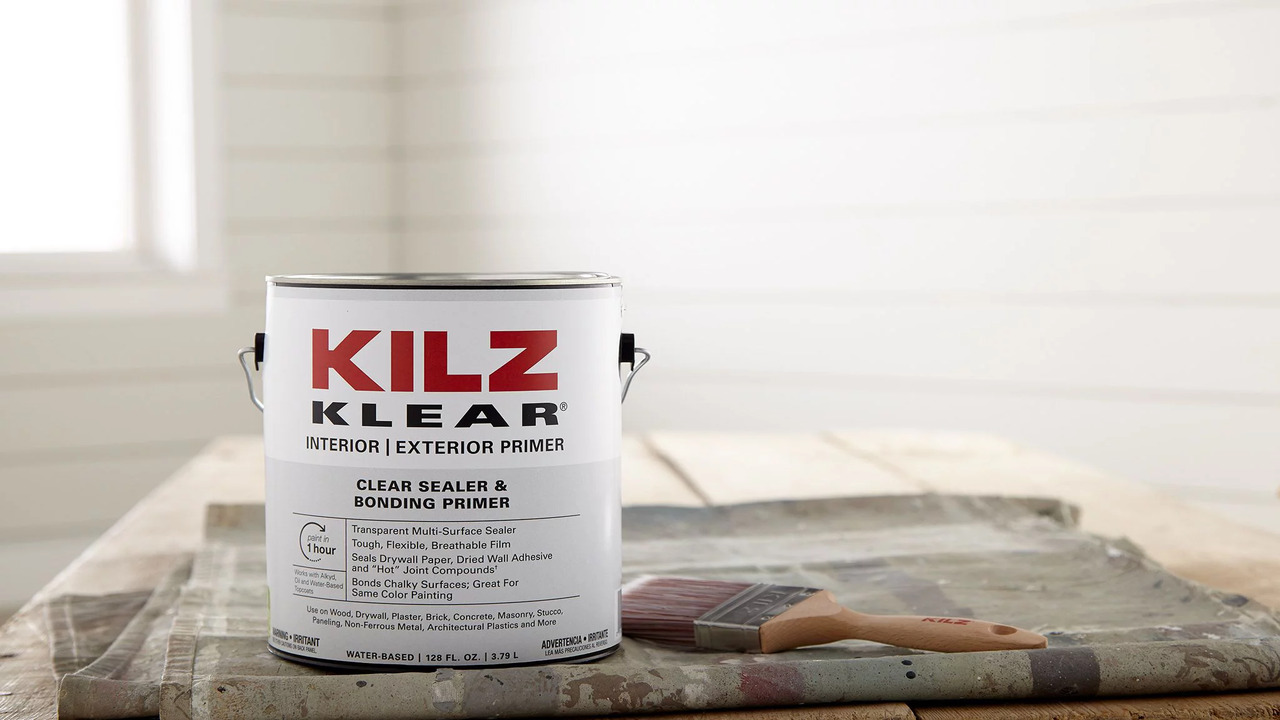
When it comes to the expense of tinted primer versus untinted primer, it’s important to consider a few factors. Tinted primer is more expensive than untinted primer, and the price difference can vary depending on the brand. Additionally, tinted primer requires more coverage, so you may need to buy more of it than you would an untinted primer.
However, tinted primer offers better coverage of porous surfaces, so it may be worth the extra cost to get the job done right. If you’re on a budget, you can always opt for untinted primer, which is a cheaper option. Ultimately, it all comes down to your needs and budget.
Less Natural Look
Tinted primers are often chosen when a more dramatic, less natural look is desired. They usually contain a hint of color, like a hint of pink to brighten the skin or a hint of bronze to give a sun-kissed look. However, if you’re looking for a more natural look, an untinted primer might be the better option.
Untinted primers often contain light-diffusing particles to blur out imperfections and create an even canvas. They also provide a smooth base for other makeup products and help them to last longer. Ultimately, it depends on the desired look. If you want a more natural finish, an untinted primer may be the way to go. If you want to make a statement, a tinted primer may be the way to go!
Conclusion
Tinted primer and untinted primer both have their advantages and disadvantages. Tinted primer can provide a smooth base for foundation and can also help even out skin tone, but it can be difficult to find the right shade for your skin tone.
Untinted primer is easier to find and can help create a smooth base for foundation, but it won’t even out skin tone. Ultimately, the choice between tinted and untinted primer depends on your individual needs and preferences.
FAQ’s
1.What Does Tinted Primer Do Makeup?
Ans: Tinted primer is a type of makeup that is used as a base for other makeup products. It helps to even out the skin tone, blur any imperfections, and create a smooth canvas for other makeup products such as foundation and concealer. It also helps to make the makeup last longer and look more natural. Tinted primers can be found in a range of colors to match different skin tones.
2.Can Tinted Primer Be Used As Foundation?
Ans: Yes, tinted primer can be used as foundation. It is often used as a base to even out skin tone before applying foundation, as it is lighter than foundation. Primer also helps foundation last longer and stay in place. However, it may not provide the same coverage and finish as foundation, so it should be used in combination with foundation for the best results.
3.Does Primer Work As Foundation?
Ans: No, primer does not work as a foundation. Primer is a product that is applied after moisturizer and before foundation. Primer is a lightweight product that helps to smooth and even out the skin’s surface, creating a better base for foundation and makeup. It also helps to keep makeup in place for longer periods of time.
4.How Do You Use Tinted Face Primer?
Ans: Tinted face primer can be used to create a base for makeup that will help your makeup last longer and look more even. It should be applied after moisturizer and before foundation. To apply, use a sponge or your fingers to blend the primer all over your face, paying special attention to areas that tend to get oily. Finally, allow the primer to settle and set for a few minutes before you apply your foundation.
5.Is It Better To Use Foundation Or Primer?
Ans: It really depends on personal preference and skin type. Some people prefer to use both, while others find that one or the other works better for them. Primer can help fill in fine lines and pores, creating a smooth surface for foundation to go on. Foundation can help even out skin tone and give skin a more even look. Ultimately, it’s best to experiment and find what works best for you.
6.Is Tinting Primer A Good Idea?
Ans: Tinting primer is generally a good idea as it will help the topcoat color appear more even and consistent. Primer can be tinted to match the color of the topcoat, creating a smoother appearance. Primer also helps the topcoat adhere better and last longer. However, it is important to make sure the primer is compatible with the topcoat before applying it.


